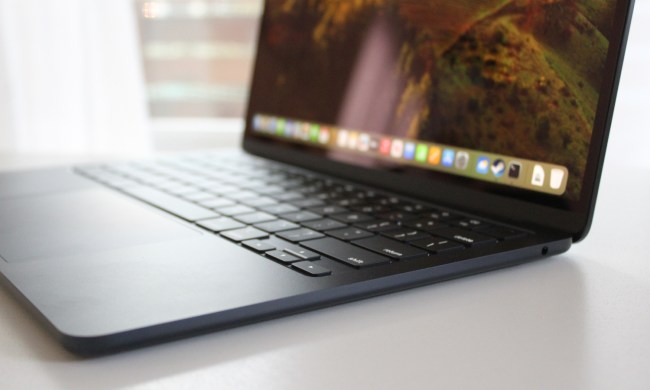
OLED MacBooks have been rumored for years now, but ever since the OLED iPad Pro launch, it’s turned up the heat on speculation around when Macs will get the technology. And now, in a new report, global tech analyst group Omdia has shed light on the murky subject. While some sources have speculated 2025, and others 2027, Omdia’s principal analyst Ricky Park says 2026 is “highly likely.”
That might come as a disappointment to some who’d hoped for the massive update to come in the next generation of MacBook Pros, which would launch in late 2024 or 2025.
However, it looks like all this Apple OLED buzz is doing great things for the market. Apple’s first-ever tandem OLED display, which launched with the new iPad Pro on May 15, is projected to triple the demand for OLED displays this year compared to last.
Dubbed the Ultra Retina XDR, it uses two organic light-emitting diode (OLED) panels and combines the light from both of them to achieve 1,000 nits of brightness. According to Apple, this enables “sub-millisecond control” over each pixel, which improves color quality, contrast control, and refresh rates compared to LED displays.
Because this type of display is more expensive to manufacture than LED, companies typically only use them in top-of-the-range models. However, it’s expected that Apple will bring OLED displays to its entire tablet range eventually, which includes the cheaper iPad Air and iPad mini. This could mean that, although the MacBook Pro lineup will be first to get the upgrade, the MacBook Air could also go OLED in the future.
How these expensive displays will affect the overall pricing of the MacBook Pro is currently unknown. Before the new OLED iPad was announced, some sources feared a price tag as high as $1,800 for the 13-inch model, but now we know that prices start at $1,299. If this is anything to go by, perhaps the price jump won’t be that bad.
There’s also the fact that major manufacturers like Samsung Display and BOE have announced their investment in OLED facilities in response to growing demand. With more OLED displays being made by more companies, it’s possible that manufacturing costs could decrease a little, which could also help keep prices down for customers, too.


